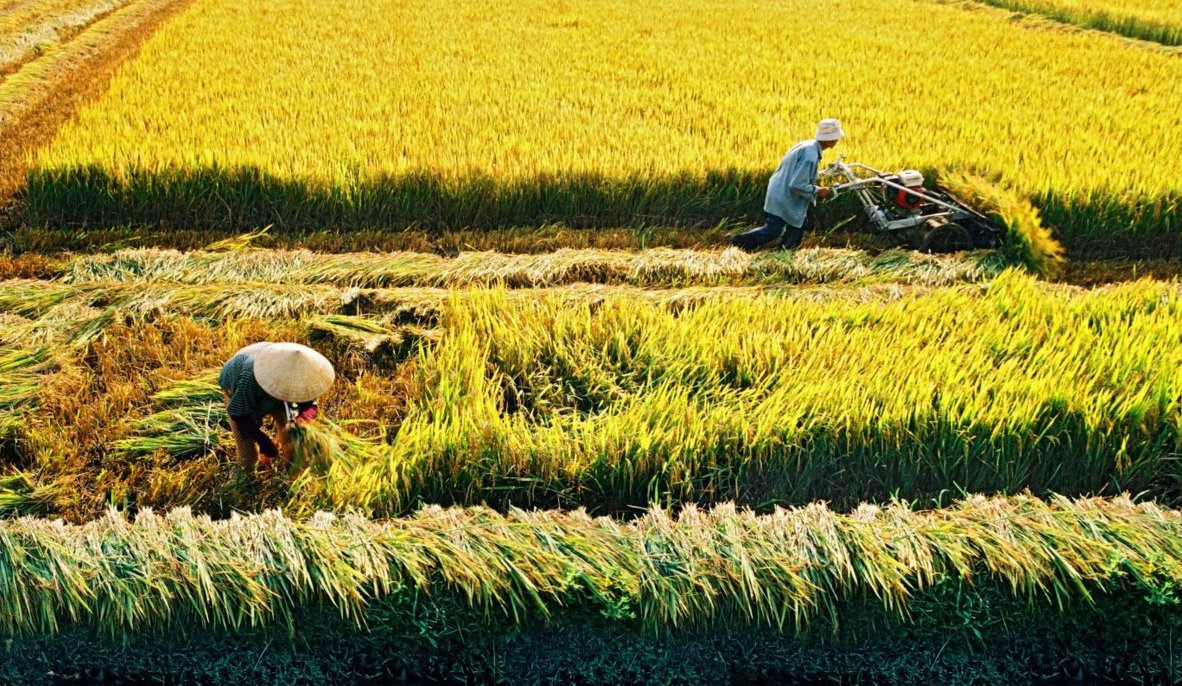
The project on sustainably developing 1 million hectares in association with green growth in Mekong Delta has been officially activated. In Can Tho, high-quality low-emission rice has been sown on a 50 hectare field of the Thuan Tien Cooperative.
Sensing devices have been installed to monitor water levels, which allows farmers to calculate the greenhouse gas emission coefficient.
IRRI (International Rice Research Institute) said the low-emission field can satisfy the criteria set for the project – increasing quality and effectiveness, and reducing greenhouse gas emissions.
Twelve cities and provinces in Mekong Delta have registered to participate in the project. Can Tho is one of five localities piloting the carbon credit model for rice (50-100 hectares per model) for the summer-autumn crop.
Deputy Minister of MARD Tran Thanh Nam said to implement the 1 million hectare project, the high-quality low-emission rice farming process had to be recognized by international scientists and organizations.
The goals are to promote low-carbon high-quality rice production, which is measured by indicators (yield increase, farmers’ income increase, greenhouse gas emission reductions, carbon credit payment based on results, etc).
MARD will submit to the government a plan on borrowing capital from the World Bank to support project implementation.
Under the draft plan, total investment capital for the project is VND11.8 trillion. Of this, $360 million (VND9 trillion) is expected to come from the World Bank’s loan. Meanwhile, domestic reciprocal capital would be $112 million and capital from other sources $68 million.
Nam pointed out that Vietnam needs $237 million to develop an interior-field irrigation system; $190 million to build transport works connecting rice production areas; $9 million to build a logistics system for the rice value chain; and $68 million for mechanization of rice production and other items.
The project kicked off in 2024 with rice cultivation on an area of 180,000 hectares. The figure will be 300,000-500,000 hectares by 2025 and 1 million by 2026-2030, with an increase of 100,000 hectares each year.
MARD estimated that the new cultivation method will help cut 20 percent of production costs (VND9.5 trillion) a year, while rice prices may increase by 10 percent (VND7 trillion). As such, the agriculture sector would have VND16 trillion more a year.
Tam An